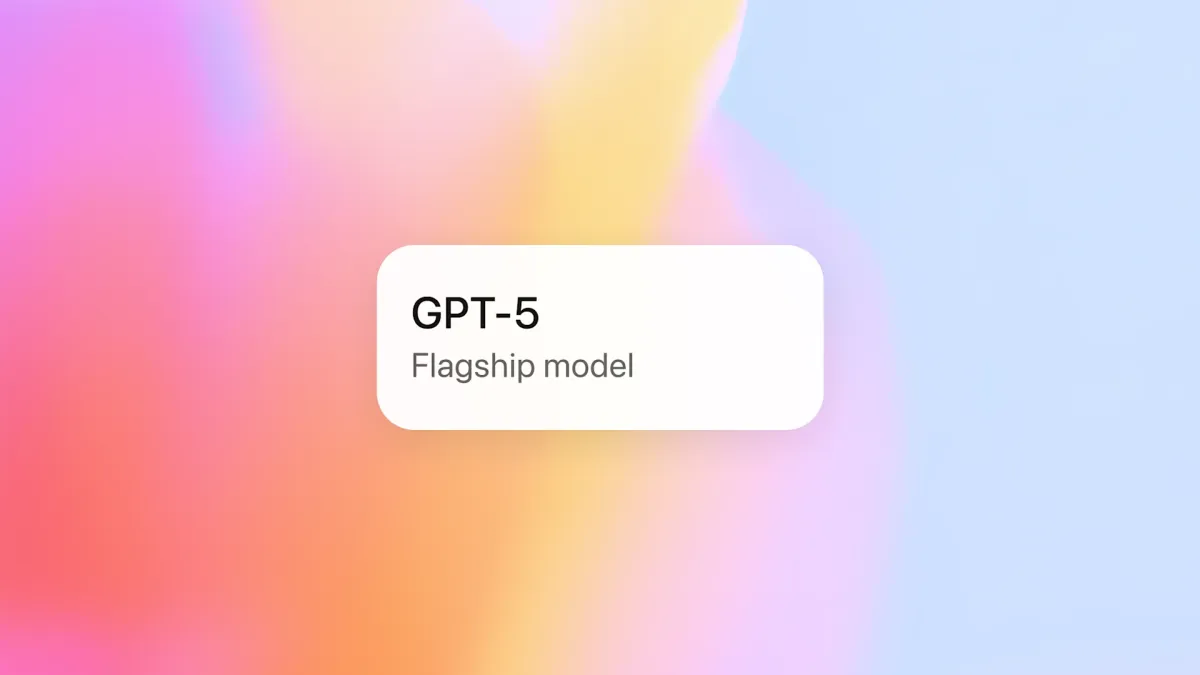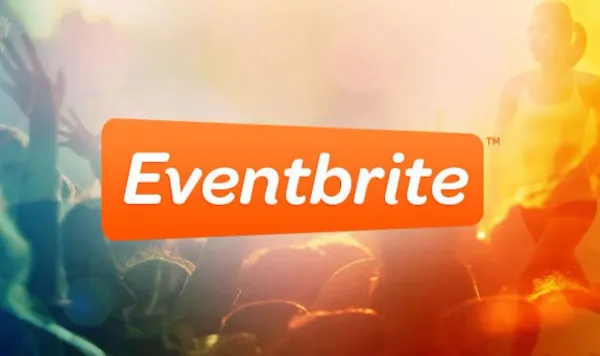OpenAI Releases GPT-5: A Unified AI Model That Changes How We Work

Key Takeaways
GPT-5 officially launched on August 7, 2025, combining OpenAI's previous breakthroughs into a single, unified system. The model integrates capabilities from GPT-4o, reasoning models like o1 and o3, and agent functionality into one seamless experience. GPT-5 is 45% less likely to hallucinate than GPT-4o, and when using reasoning, 80% less likely to contain factual errors than o3. Unlike previous launches, GPT-5 is immediately available to all users, including free ChatGPT users, marking the first time free users gain access to reasoning capabilities.
The End of Model Shopping
GPT-5 represents a fundamental shift from OpenAI's previous approach. Instead of requiring users to switch between different models for different tasks, GPT-5 operates as a unified system with an intelligent router that automatically selects the appropriate capability level based on query complexity. This eliminates the need to switch between specialized models, offering a more seamless experience for multi-step workflows.
The system works through what OpenAI calls "smart routing"—when you ask a simple question, it uses the efficient base model. For complex reasoning tasks, it automatically engages deeper thinking capabilities. The router continuously learns from user behavior, including when users manually switch models and preference ratings, improving its decision-making over time.
Enhanced Performance Across Domains
OpenAI positions GPT-5 as significantly more capable across writing, coding, and healthcare applications. During demonstrations, GPT-5 showed "vibe coding" capabilities, generating complete web applications from simple prompts—creating two different French learning apps with flash cards, quizzes, and progress tracking within seconds.
The model delivers improvements in accuracy, speed, reasoning, context recognition, structured thinking, and problem-solving. OpenAI CEO Sam Altman described the experience as having "a team of Ph.D.-level experts on hand at any time," noting that returning to GPT-4 felt "quite miserable" in comparison.
Safety and Reliability Improvements
OpenAI conducted 5,000 hours of safety testing during GPT-5's development. Rather than simply refusing potentially risky queries, GPT-5 uses "safe completions"—providing helpful responses within safety constraints while explaining limitations clearly. The model has been trained to recognize when tasks cannot be completed, avoid speculation, and reduce unsupported claims compared to prior models.
Availability and Access
GPT-5 launched immediately for Free, Plus, Pro, and Team users on August 7, 2025. Enterprise and Education customers will receive access next week, with GPT-5 Pro—featuring extended reasoning capabilities—coming soon to Team, Enterprise, and Education tiers. Free users receive unlimited access at standard intelligence levels, while paid tiers offer higher intelligence settings and extended capabilities.
The API provides access to multiple variants: GPT-5, GPT-5 mini, GPT-5 nano, and GPT-5 chat, with availability through OpenAI Platform and GitHub Models. GPT-5 has become the new default model in ChatGPT, replacing GPT-4o, o3, o4-mini, GPT-4.1, and GPT-4.5 for signed-in users.




